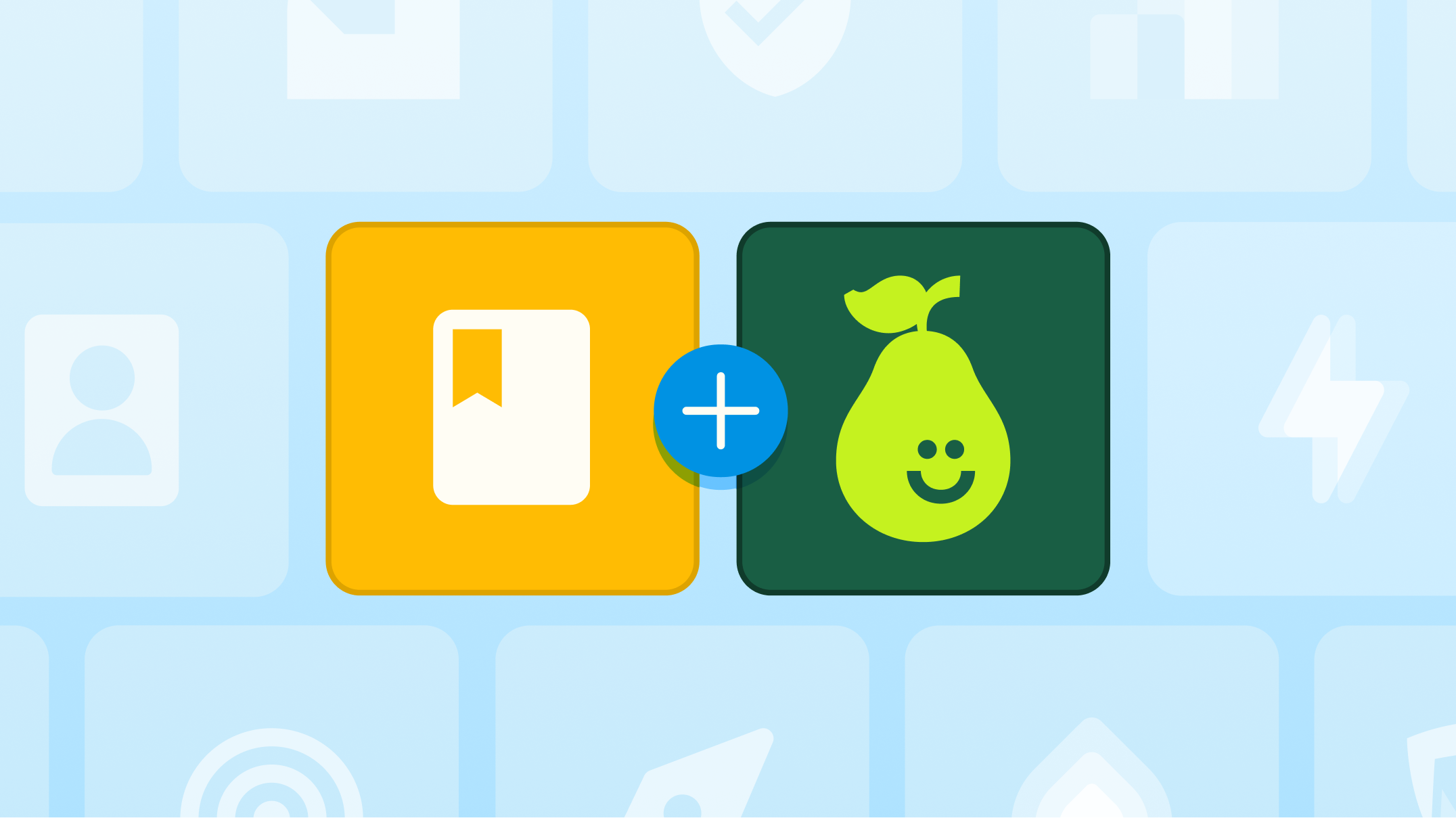Inclusivity, Interactivity, and Innovation with Pear Deck

In today’s educational landscape, fostering active student participation, inclusive learning environments, and immersive creative opportunities are all essential. It can be overwhelming to differentiate between so many edtech tools to find one that incorporates all three. However, one of my favorite tools that does each is Pear Deck. It has interactive features, provides for the perfect environment to provide inclusivity, interactivity, and innovation with Pear Deck!
As a former middle school math teacher, I used Pear Deck to create more engaging lessons, allowing learners to weave their understanding into multiple response types. Through my classroom experiences, I’m excited to share these five innovative ways to integrate Pear Deck into your practice while empowering yourself to engage learners in meaningful ways.
Pear Deck + Mote
To establish an equitable and inclusive classroom environment, teachers can offer opportunities for every student to engage with content in a way that suits them. By appsmashing Pear Deck and Mote, educators can create a more inclusive learning experience for neurodivergent and multilingual learners by allowing learners to respond to Pear Deck Text prompts and questions with Mote audio links, providing greater accessibility to those who struggle with written responses or require language support. Integrating this approach not only levels the playing field, but also helps celebrate the diversity of the voices in your classroom.
Pear Deck + Estimation180
Math comes alive with Pear Deck’s many innovative options. By embedding engaging images and videos from Estimation180, educators can turn routine math lessons into more exciting learning experiences. Students provide their best estimates for the Pear Deck Number prompt, leading to data spread. These stats can then be analyzed as a whole group, allowing for collaborative learning and critical thinking.
Complete the drawing activities
Harness the creative potential of Pear Deck by creating “complete the drawing” activities. In these tasks, simply provide a blank slide canvas with the start of a drawing (a squiggle, set of lines, or various shapes around the screen). Then, ask students to complete the picture while displaying their creativity. As an extension, have your class create a visual representing a previously introduced concept.
Back-channel questions
Middle and high school students sometimes feel self-conscious about asking questions in front of their peers. During independent and group activities, create a Pear Deck Text prompt for your students, allowing them to ask questions in a low-stakes manner. Teachers can monitor this in real-time to provide clarification, offer insights, and share resources with learners needing additional support.
New prompts during live lessons
Pear Deck offers great flexibility options to teachers with its New Prompt feature. Add a comprehension check-in on the fly to gauge overall understanding during a lesson or offer an SEL opportunity for students to share their feelings. Select this sometimes-overlooked Pear Deck icon to choose from fantastic pre-made template options.
I hope you are inspired to implement Pear Deck in your classroom by exploring at least one of the above ideas. These are just some of the many ways teachers can use this fantastic tech tool to improve learning experiences for all students. Enrich your classroom environment with more inclusive, interactive, and engaging activities by incorporating Pear Deck’s innovative features into your lessons!

.svg)
.svg)
.svg)

.png)

